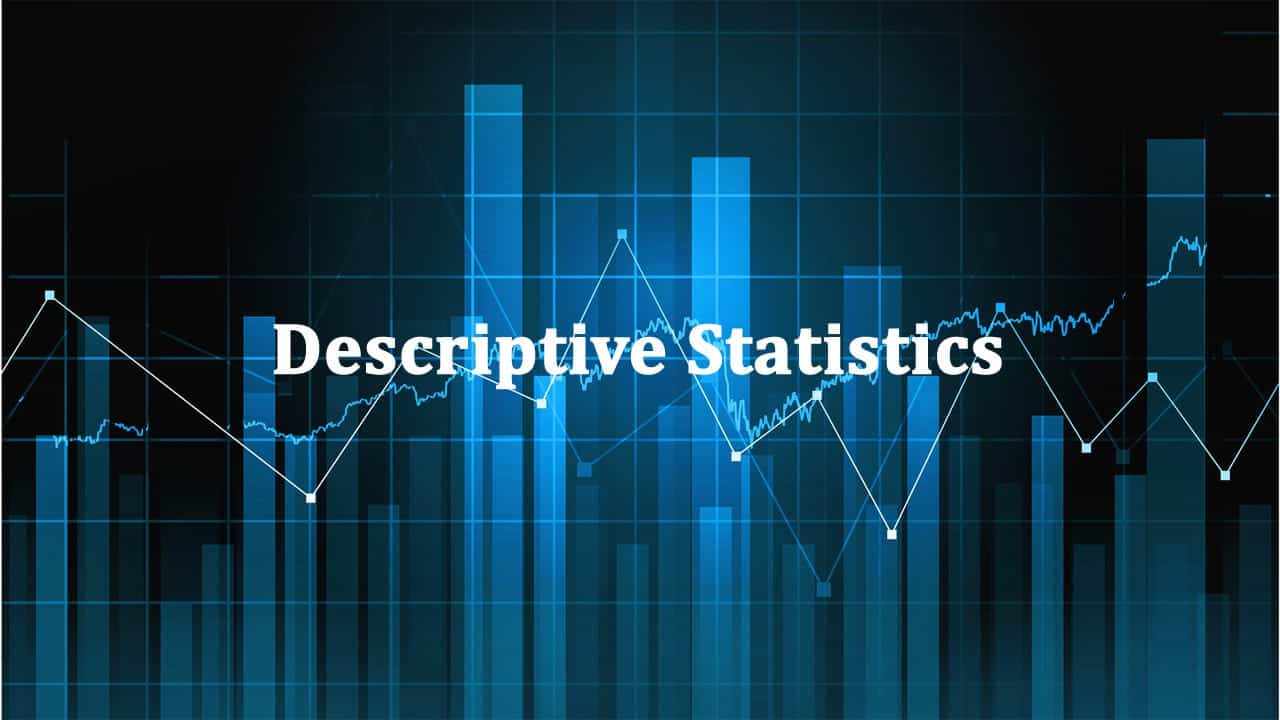Descriptive Statistics is a branch of mathematics and a set of methods used to present, organize, summarize, and interpret quantitative data, allowing user insight and patterns to be identified. It is used as a vital tool in the field of computer science related to cybersecurity, where it is used to analyze the big data produced by increasingly sophisticated technologies.
Descriptive statistics are used to summarize data sets, such as computing the mean or median of a collection of data, and can then be used to draw further insights. These techniques focus on summarizing data from a sample using measures such as frequency distribution (e.g. the number of times a particular result appears), patterns, and summaries.
Descriptive statistics commonly involve summarizing the data numerically, graphically, or in a tabular format so that it can be easily understood. Graphs such as histograms and box-plots are used to visualize the spread and distribution of data. These graphs allow patterns, as well as potential outliers, to be identified and interpreted.
In cybersecurity, descriptive statistics can be used to identify anomalies in large data sets, which can help security professionals identify and defend against potential threats. Additionally, descriptive statistics are used to analyze user behaviour and identify malicious or malicious-like behaviour.
Overall, descriptive statistics are used by businesses and researchers across all industries, including cybersecurity. It allows for meaningful insights to be made from big data sets and is a vital tool in understanding the complex systems in computing.






